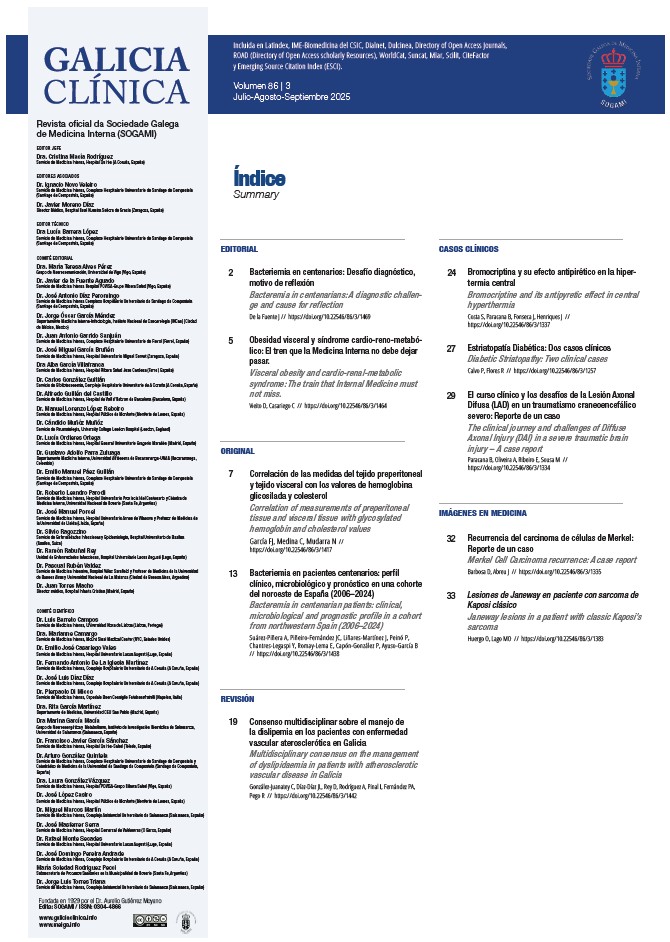Abstract
Diffuse axonal injury (DAI) arises as a severe consequence of traumatic brain injury (TBI), characterized by axonal misalignment, stretching, or shearing. These events trigger pathophysiological cascades, including axonal depolarization, metabolic perturbations, cellular swelling, cytotoxic edema, and apoptosis. While DAI typically involves multifocal brain damage, it predominantly affects the central third of the brain, with the corpus callosum and brainstem being especially prone to injury. Clinically, DAI presents a heterogeneous spectrum of manifestations, from acute loss of consciousness to cognitive deficits and persistent coma. Predicting outcomes remains challenging, and no standardized treatment protocol has been established. The authors report a case of a 23-year-old male victim of a high-speed traffic accident, who progressed to a comatose state and was diagnosed with grade III DAI. Subsequently, the patient underwent successful extubation and showed favorable recovery progress.

This work is licensed under a Creative Commons Attribution-NonCommercial-NoDerivatives 4.0 International License.
Copyright (c) 2025 Galicia Clínica

